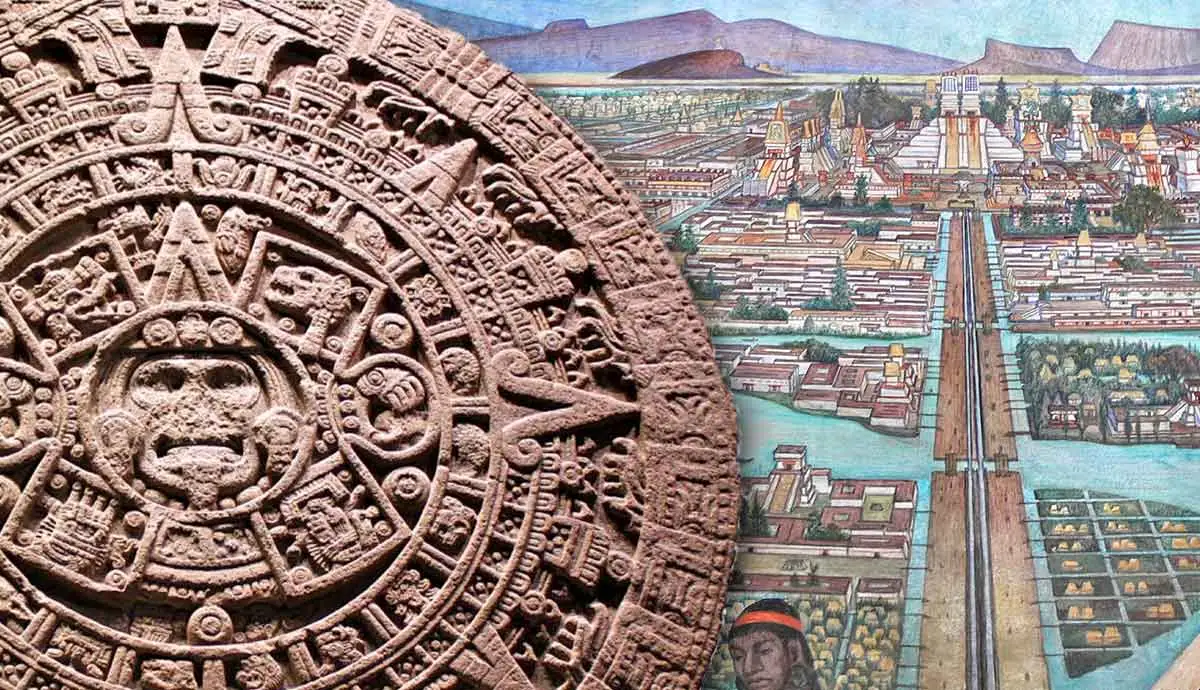The Ancient Aztec people are some of the most mysterious people in the world. They were the pioneers of many of the inventions we see today. It’s all thanks to them and their innovations that we have saunas, gum, rubber, popcorn, and featherwork, to name a few. Without the Aztec’s inventions, the world would be very different. It remains a mystery as to how they were able to build some of these fascinating inventions and make these discoveries with the limited tools they had.
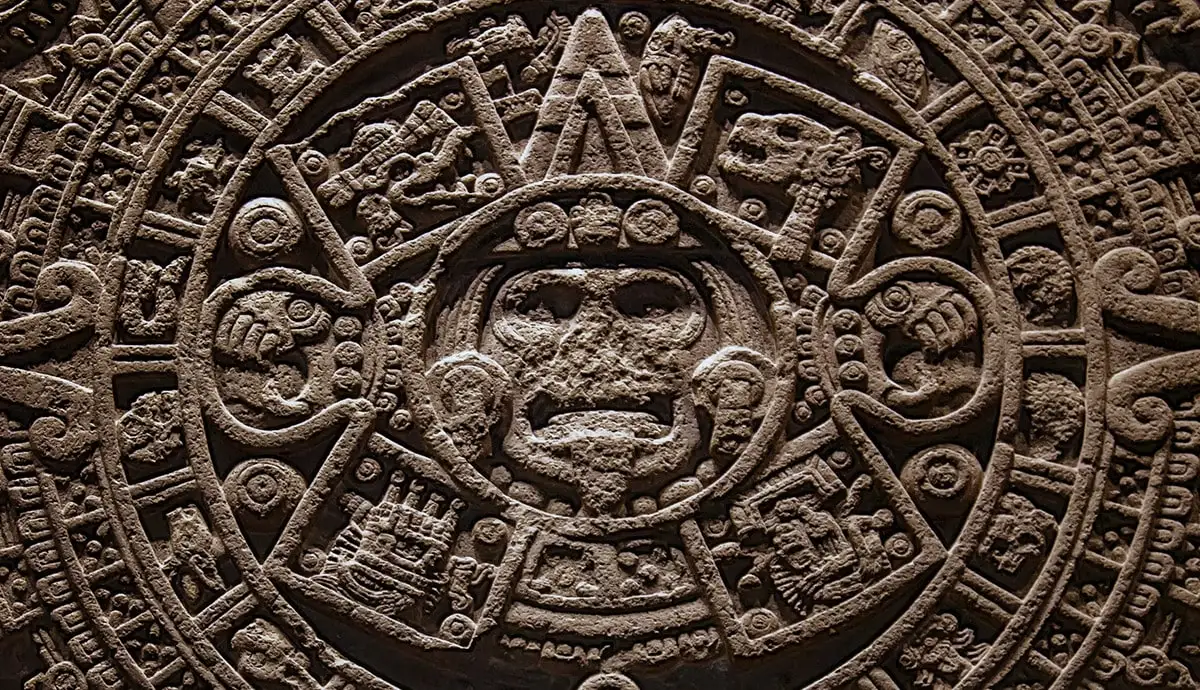
Calendar System
The Aztec people discovered they needed a way to keep track of the dates. They developed complex calendrical systems like the solar calendar, which was accurate and advanced for their time. It was similar to the Mayan calendar and consisted of a ritual cycle of 260 days and a 365-day civil cycle. They named their ritual cycle tonalpohualli, which had two smaller cycles than the original one.
That was an ordered sequence of 20 named days, numbers 1 to 13. They used one calendar for religious purposes, and a second calendar for daily purposes, which was the solar calendar, and mainly used it for agriculture (Study).
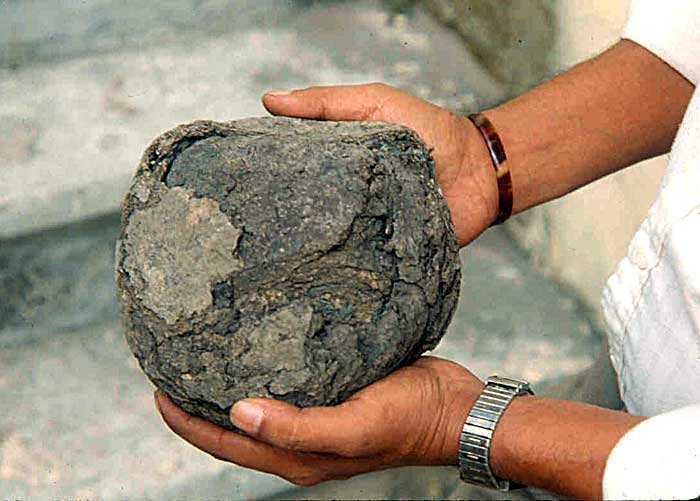
Rubber
Both the Aztecs and the Mayans are credited with their rubber inventions. In a way, they were rubber masters. This includes the rubber ball, which is aptly used to play ball games. The Aztecs discovered that if you mix latex from rubber trees with the juice squeezed from morning glory vines, in different proportions, you would get numerous results.
They also realized they could change the bounciness with more juice. When there was less juice, the longevity and wear of the ball maximized. This material can also be used for sandals. According to National Geographic, “ball games often had religious meaning—pitting good against evil. It’s thought the ball games sometimes ended in human sacrifice, most famously in ritual decapitation.” But nowadays, by mixing an exact proportion of juice, you can produce a material that bounces well and is hard-wearing, which is what some scientists have done to recreate the rubber balls (National Geographic).
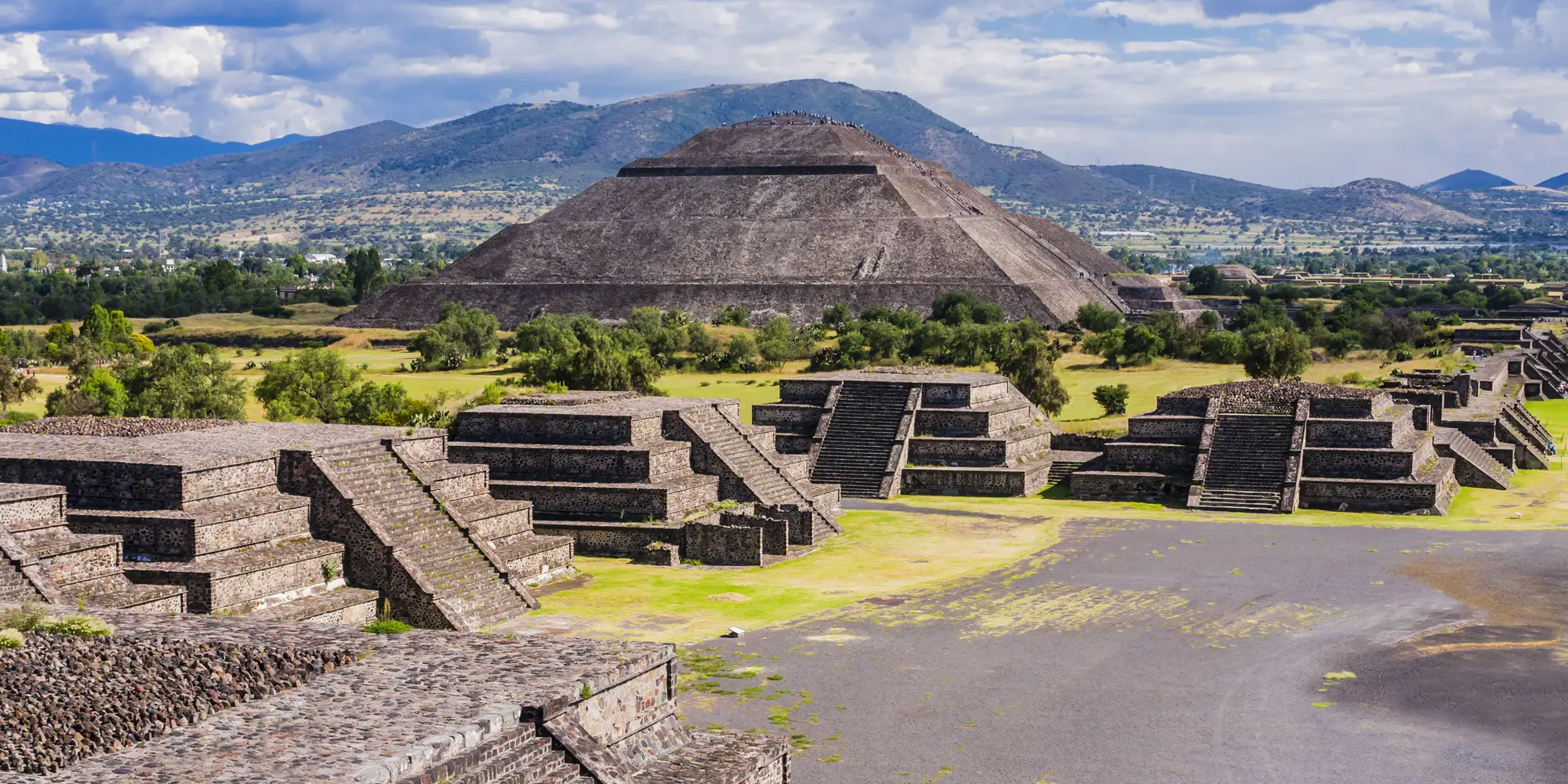
Pyramids
To house their deities, the Aztecs built pyramids, discovering their structure and how to best build them. They were building monumental pyramids for religious and ceremonial purposes, some of which still stand today. Scientists find these buildings remarkable, considering the limited tools they had during their time.
The Americas contain more pyramids than the rest of the world. According to History, “The Aztec symbol for conquest was a burning pyramid, with a conqueror destroying the temple at its top.” There’s the Great Pyramid, which is 60 meters high, and “At its top, two shrines honored Huitzilopochtli, the Aztec god of sun and war, and Tlaloc, god of rain and fertility.” And once it was destroyed, the ruins of six other pyramids were found beneath it (History).
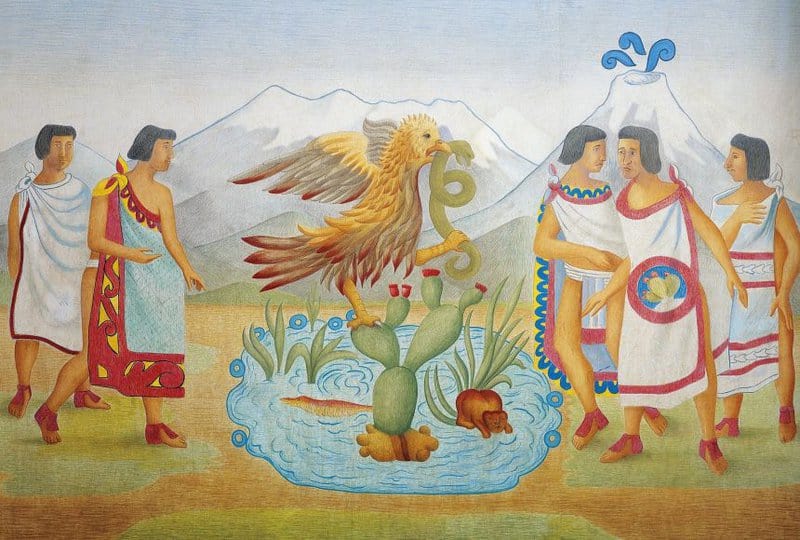
Tenochtitlan
What is now considered Mexico City used to be a sprawling metropolis built by the Aztec people. The Aztec people founded and constructed their capital city on an island in Lake Texcoco, displaying impressive engineering skills. It was founded likely around 1325 C.E. But there’s a legend regarding the discovery of Tenochtitlan, and that’s that Mexica founded it after leaving their homeland Aztlan. Their god, Huitzilopochtli, gave them directions to leave.
According to National Geographic, “Huitzilopochtli directed them to build where they saw an eagle perched on a cactus, eating a snake. When they saw this exact scene on an island (located in what was once Lake Texcoco), they interpreted it as a sign from their god and founded Tenochtitlan on that island.” To build this capital city, they needed to use another invention of theirs, called the Chinampas (National Geographic).
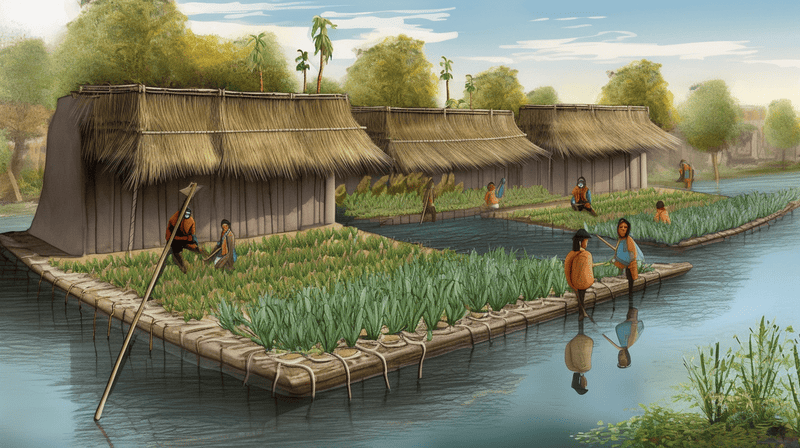
Chinampas
Though they weren’t the first ones to discover Chinampas, the Aztecs were the first to do it on a large scale. With the growing population, the demand for more advanced agricultural practices arose. The Aztec people discovered just how to do this, and it’s called Chinampas. This is a farming system that uses artificial floating islands built in natural water sources. These natural water sources include streams and rivers. These were also referred to as Floating Gardens.
By using a combination of nutrient-rich materials and easy access to water, they were able to grow complex and diverse crops like squash, beans, tomatoes, chili peppers, and maize. According to The Archaeologist, these “man-made islands that were built by braiding reeds with stakes below the water’s surface to form underwater fences. These “fences” would accumulate soil and aquatic vegetation up until the top soil layer was exposed on the water’s surface.” These Chinampas are still used today, to generate 40,000 tons of production per year (The Archaeologist).
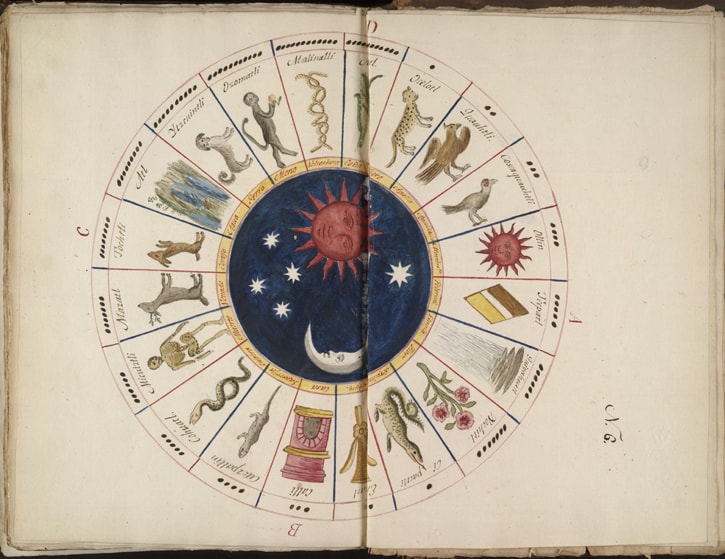
Astronomy
Achieving significant advancements in astronomy, including the tracking of celestial bodies and predicting eclipses. Similar to the Aztec calendar, they tracked astronomy because the “celestial cycles allowed the Aztecs to track the length of the solar year, lunar month, and the revolution of Venus (found to be 584 days).” There was major religious significance when it came to Aztec Astronomy.
Interestingly enough, while some ancient people found the sky to be stabilizing and grounding, the “Aztecs were concerned about a lack of stability and the potential destruction of the world coming from the sky.” They truly believed the world would end and be recreated after the 52-year cycle. Though this discovery is not true, it did spark many ideas and future possibilities (SMH).
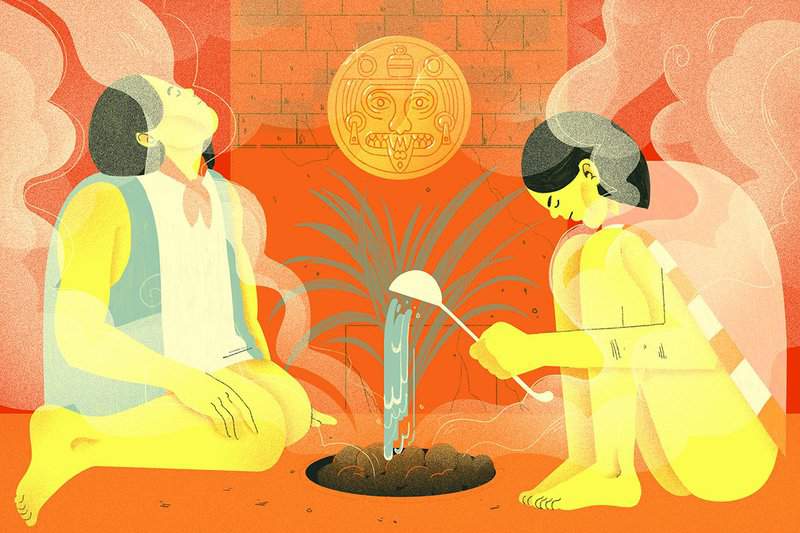
Saunas
You probably assume saunas and ice baths are modern-day discoveries, created once scientists realized just how good sweating and cold plunges are for you. But it was the Mesoamericans, and the Aztecs specifically, who perfected the sauna. They originally built saunas with stone and cement, sometimes using volcanic rock. It was built in the shape of an igloo and called a Temezcal.
The Aztecs carried hot stones from the outdoor fire and dosed them in cold water once inside the teepee. This would create thick clouds of steam inside the room, which would then make them sweat. Anthropologist Casey Walsh said, “But for most of history, our ancestors bathed not to wash things off but to absorb the environment.” They cleansed their bodies of disease and maladies. Their muscles would relax and they’d reap the benefits of health from sweating. Some of these mezcals were only big enough for families, while others were big enough for half an entire village (Atlas Obscura).
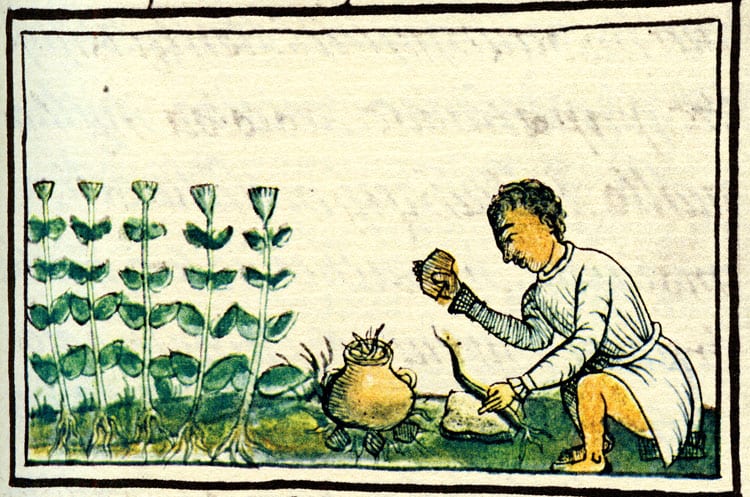
Medicine
The Aztecs were some of the first people to ever use medicine for healing purposes. They utilized a wide array of medicinal plants for treating various ailments, showing considerable knowledge of herbal medicine. Most of the time, they used herbs and native plants to create and develop this medicine.
According to Homework Study, “Aztecs would often create salves to apply topically to heal certain conditions by crushing herbs and plants into a paste-like substance, or they would ingest the herbs and plants directly. Brews were also made so that the sick person could drink the concoction rather than chewing the herb or plant.” Medicine has come a long way since then, but they were the pioneers of using plants for medicinal purposes (Homework Study).
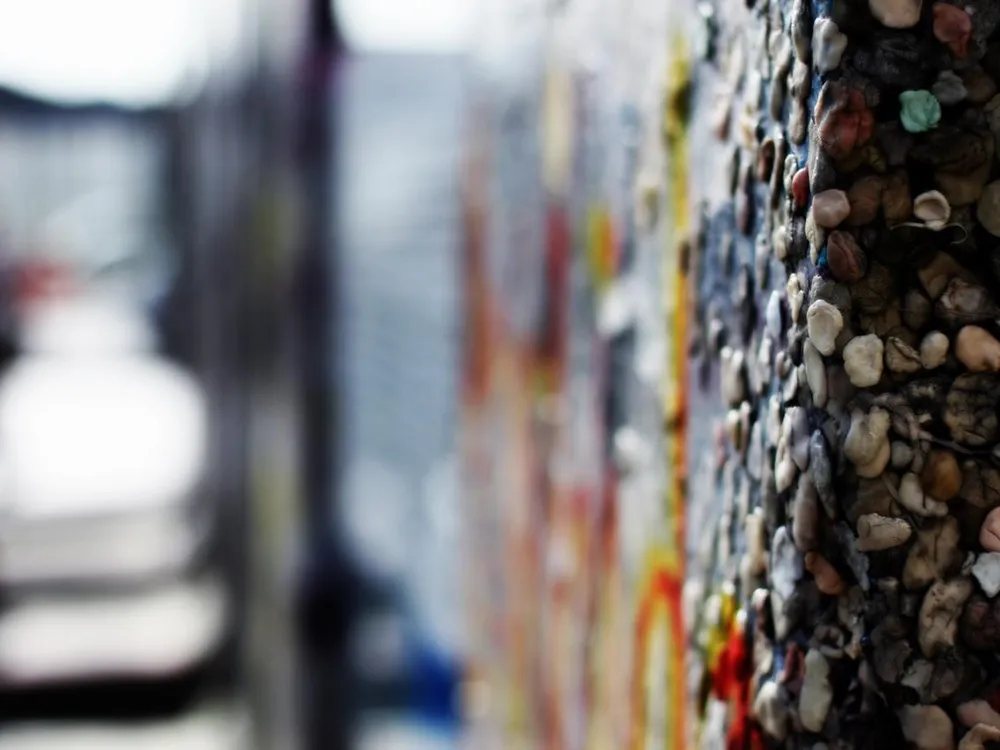
Gum
Even though the Mayans technically discovered gum, it’s the Aztecs who are credited with the more practical purposes of gum that we use this very day. They discovered gum with a process of extraction from the sapodilla tree. They used a substance named chicle, by slicing bark in a specific way to collect the bark’s resin. And though the Mayans dried it and used it to quench their thirst and stave off hunger, it was the Aztecs who discovered they could use it to freshen their breath.
According to Smithsonian Mag, “Sahagún goes on to reveal that adult women who dared to chew chicle in public were viewed as harlots, while men who did so were ‘effeminates.’ Only kids and single women could use it in public. Married women and widows could only chew it to freshen their break in private, and the same with the men” (Smithsonian Mag).
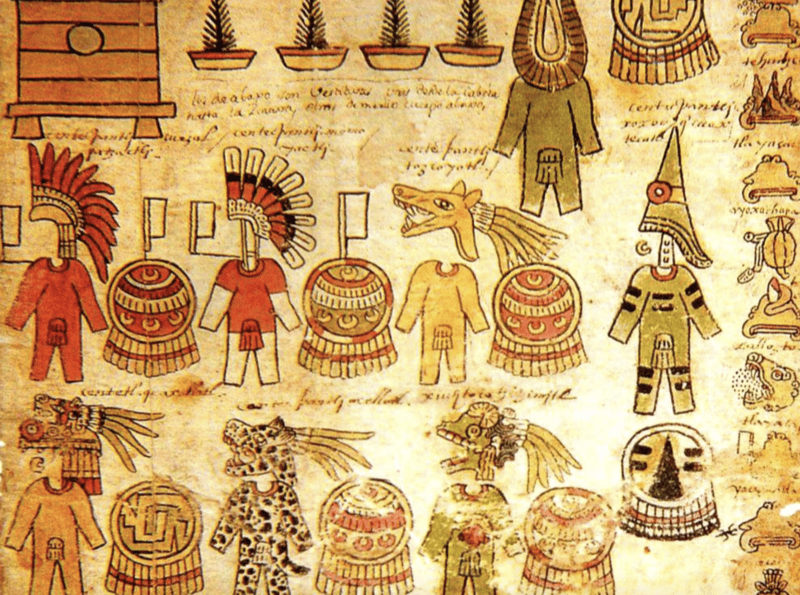
Hieroglyphic Writing
The Aztecs spent time developing a complex writing system that combines pictograms, ideograms, and phonetic symbols. Their writing was unique and highly unusual comparatively. According to Taylor & Francis Online, “Among them is the fact that it was almost entirely restricted to the recording of names or, more precisely, of personal and place names, titles and professions.”
The Aztecs had a different style of writing in that they did not have true writing. Apparently, “Rather they wrote stories using sequences of pictures, and used the script to name the persons and places who participated in the stories” (Nahuatl Studies).

Marketplaces
The Aztecs moved goods between one another. They established bustling marketplaces where goods from all corners of the empire were traded. At the Aztec markets, there were at least 20,000 people, and on other days, the number rose to 60,000.
According to Mexicolore, “Just about every community, from village to capital city, within the Aztec empire held a weekly market, in an actual marketplace kept for the occasion. In the Aztec calendar system, a week lasted five days, so markets took place every 5 days. In the capital, the market was so big and important, it never stopped!” They were full of noise, and a source of inspiration for the markets we have today (Mexicolore).
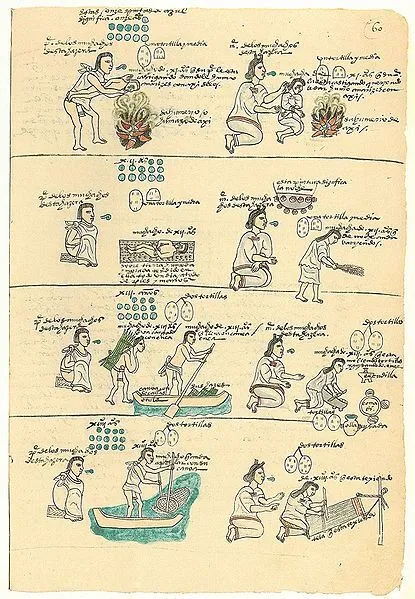
Education
The Aztecs were important pioneers in education. They spent time implementing an educational system that provided schooling for nobles, priests, and selected commoners. According to History on the Net, “The Aztec Empire is one of the few older civilizations that featured mandatory education at home and in schools. Every child was educated, no matter his or her social status, whether noble, commoner or slave.”
Their education at home started with their parents. Apparently, “From age four or five, boys learned and worked with their fathers at a trade or craft, farming, hunting, and fishing. Girls learned from their mothers all the tasks they would need in running a household.” They were taught sayings and were taught how to be humble and hardworking (History on the Net).
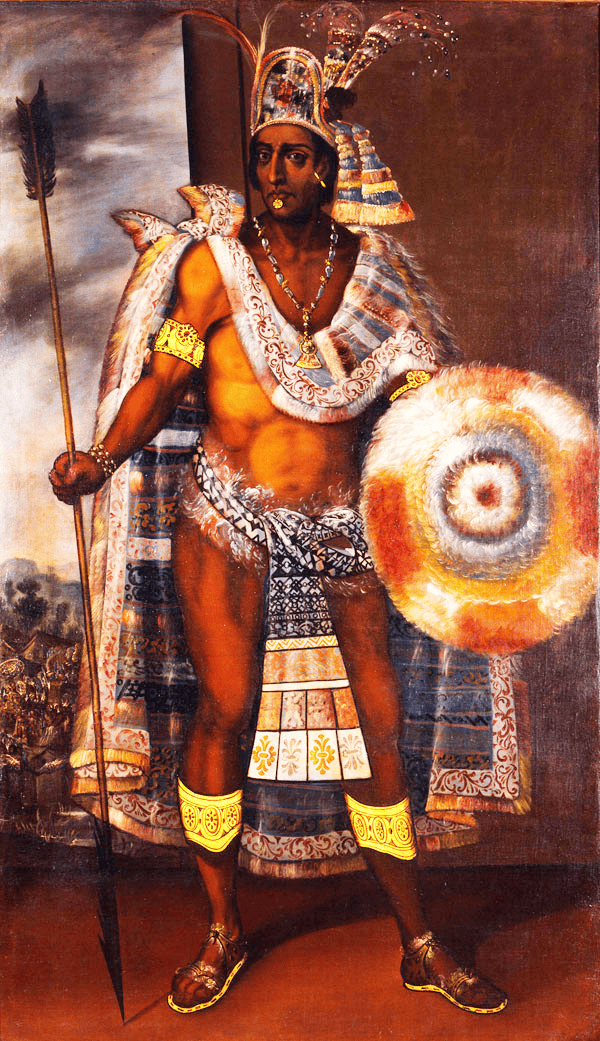
Red Dye
Montezuma, the Aztec leader, wore bright red robes that surprised the Spanish conquistadors. Because red dye was such a rarity, they immediately associated it with power, nobility, and royalty. The Aztecs did this by harvesting, drying, and powdering cochineal bugs. Apparently, “Mature female cochineal bugs are wingless, with tiny legs that make them almost immobile. Unable to escape from predators, they instead produce a chemical defense– carminic acid– the source of cochineal’s deep scarlet hue.”By doing this, they gave textiles and paints a bright red color.
At this point, no other color existed. Eventually, the color of the dye spread through the Roman Empire, who decided to color their army’s uniforms red. The British eventually took this and adorned their royalty with it, in an attempt to show their courage. Today, the cochineal bug is still harvested in Peru and the Canary Islands (Engines).
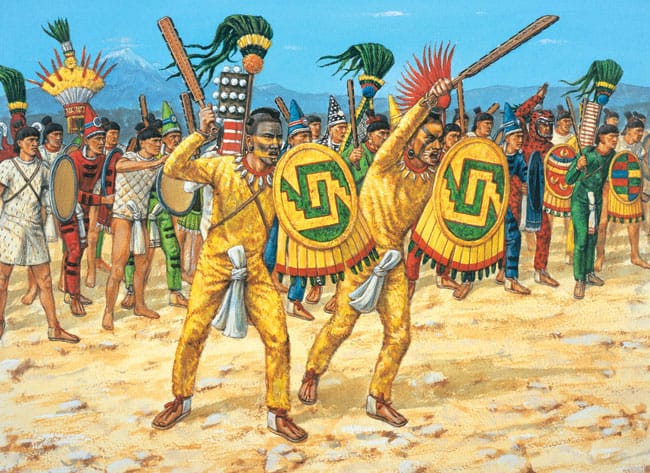
Warfare Tactics
The Aztecs had a special way of carrying out warfare. They may be some of the pioneers of warfare. They developed sophisticated military strategies and weaponry, including the use of obsidian-tipped weapons.
According to Tutorials Point, “Aztec warriors would often lie in wait for their enemies and then launch a surprise attack. The Aztecs also used diversionary tactics, such as sending a small group of soldiers to draw their enemies away from their main force. The Aztecs also used psychological warfare to intimidate their enemies.” It was these tactics that sparked the inspiration for future warfare tactics (Tutorials Point).
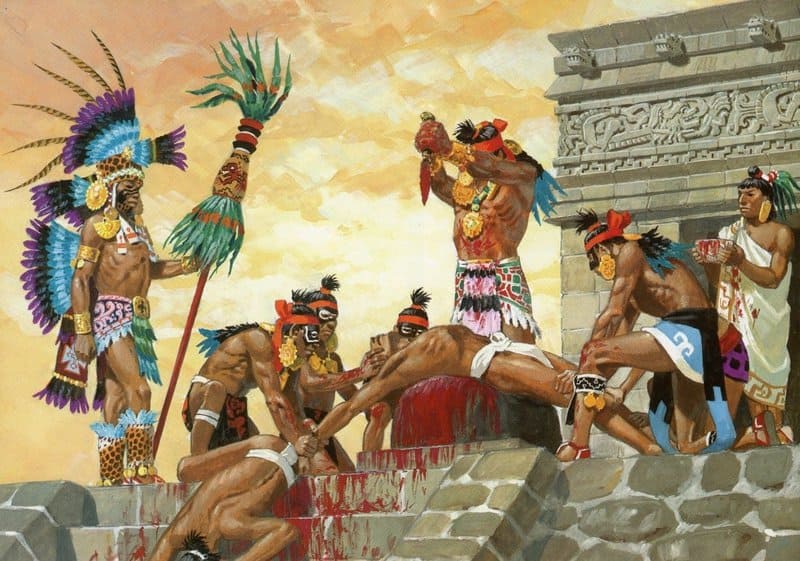
Sacrificial Rituals
The Aztecs were some of the first to practice elaborate religious ceremonies that involved human sacrifice, often performed atop pyramids. Human sacrifices were incredibly important for the Aztecs and were made to coincide with important calendar dates.
According to History, when the Spanish conquistador arrived in Tenochtitlán, “Aztec priests, using razor-sharp obsidian blades, sliced open the chests of sacrificial victims and offered their still-beating hearts to the gods. They then tossed the victims’ lifeless bodies down the steps of the towering Templo Mayor.” There was a tower of human skulls, with another rack of thousands of more skulls with holes (History).
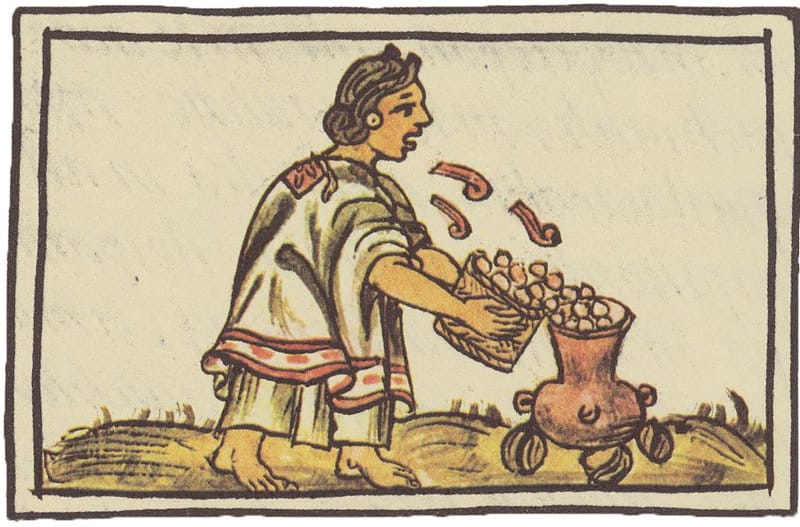
Popcorn
You can thank the Aztecs for that bucket of popcorn you munch on during those movie nights at the theater. They were originally named for the sound they make when the corn pops, which is totopoca, or popcorn.
According to NPR, “Archaeologists have uncovered popcorn kernels that are 4,000 years old. They were so well-preserved, they could still pop. Dolores Piperno, a paleobotanist with the Smithsonian’s Tropical Research Insitute, says corn, and specifically popcorn, helped lay the foundations for the Aztec Empire.” Originally found along the coast of Peru and dated back to 4700 BC, popcorn was a huge part of their culture as a ritual sacrifice. They even had a popcorn dance, where women would shake their popcorn garlands to the beat. It was an essential food for the Aztecs (NPR).
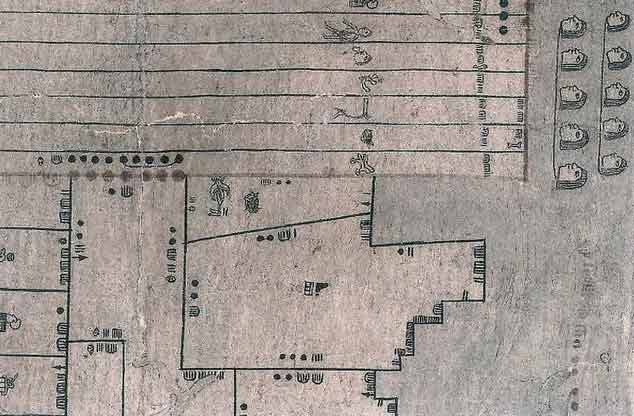
Mathematics
Utilizing a base-20 numerical system and employing mathematical concepts in various aspects of their society. According to Live Science, “The Aztecs had their form of arithmetic. They used a base-20 number system, and designated ones with lines and 20s with dots. For example, 23 would be symbolized by one dot and three lines.”
From this, our modern-day mathematics developed, though the Aztecs might have used it for tax purposes. This is because they used mathematics to pay the Spanish conquerors to determine how much property they had (Live Science).
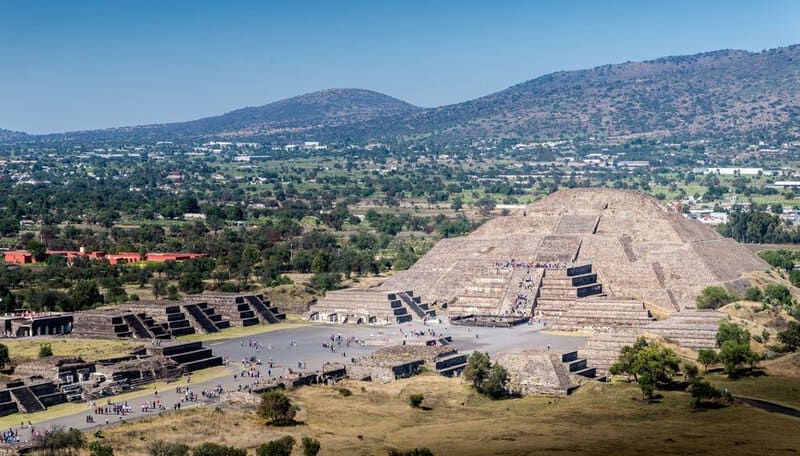
Engineering
As we’ve seen, the Aztecs discovered some amazing ways to build cities. It’s said that they’re the original pioneers of engineering. They were adept at constructing complex infrastructure such as causeways, bridges, and drainage systems.
According to Aztecs and Tenochtitlan, “Some of the salient accomplishments of Aztec technology include independent development of mathematics, development of a specialized Aztec calendar, the invention of the canoe, and various helpful forms of medicine.” Without these inventions of the Aztecs, we wouldn’t have what we have today (Aztecs and Tenochtitlan).
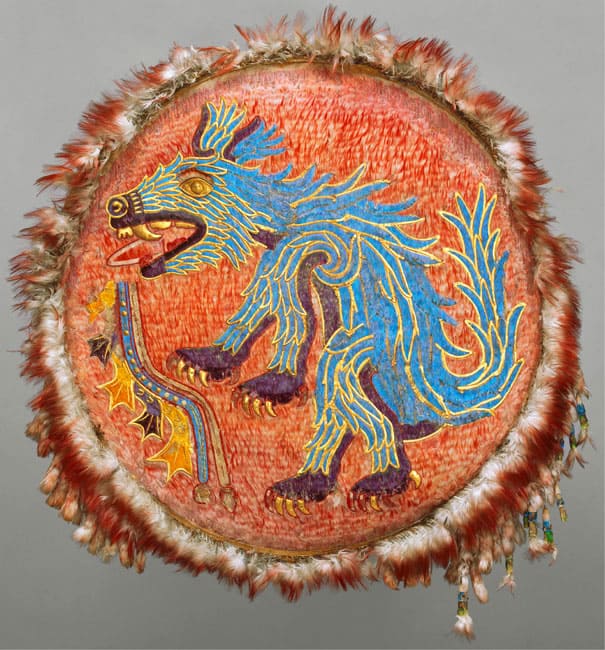
Featherwork
The Aztecs spent time creating elaborate artworks and garments adorned with colorful bird feathers. They were some of the first pioneers to use featherwork to make beautiful accessories. According to Mexicolore, “Featherwork was one of the most refined, delicate art forms in pre-Hispanic Mexico. A group of specialists, known in Nahuatl as Manteca, were responsible for fashioning multi-colored plumes into all sorts of finery including shields, costumes, headdresses, bracelets, anklets, banners, capes, and fans.”
But they served more of a purpose than just decorative accessories, they used them to denote ranking. Mexicolore wrote, “These beautiful objects were of enormous importance for the Aztecs because they served to denote the rank and status of gods, kings, lords, priests, and warriors.” As with many other Aztec objects, this is how they denoted nobility (Mexicolore).
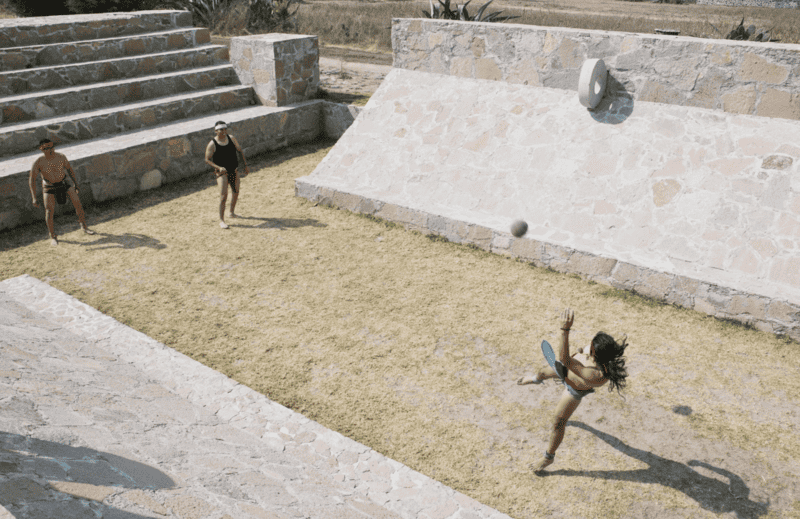
Soccer
Back during the Aztec’s time, they played a game called ollama, which is the same as modern-day soccer. They played this game on a field called a tlachtli. The field had an “I” shape, with towering walls that were three times the height of the players. The stone rings in the field represented the sunrise and sunset.
One of the primary objectives of ollama was to propel a small rubber ball, which represented celestial bodies like the stars, moon, and sun. Players could only use their elbows, knees, and hips to score. Moreso, the ollama was reserved for nobles as it held an elevated status. But it’s not like modern-day soccer, since the games oftentimes turned violent and involved human sacrifices. Participants would also participate in the game through betting (Science).

Aqueducts
The Aztecs had a solution when a massive rat infestation and plague, known as the Black Death, killed millions of people. The Aztecs realized they needed a constant supply of fresh water in the 1300s. That’s where they put hygiene as their priority, and called it the Great Aqueduct. This uninterrupted water supply brought an endless supply of fresh water to Tenochtitlan, which allowed waste to be washed away with the stream.
According to Blurred by Lines, “Carrying water from the Chapultepec springs, this aqueduct was a major architectural achievement because of its twin-pipe water distribution system. With two pipes transporting water, the Aztecs could simply divert water from one pipe to the other, should one become dirty or damaged.” Parts of the design can still be found in Mexico City, and because of its structure, it had easy cleaning and maintenance (Blurred by Lines).
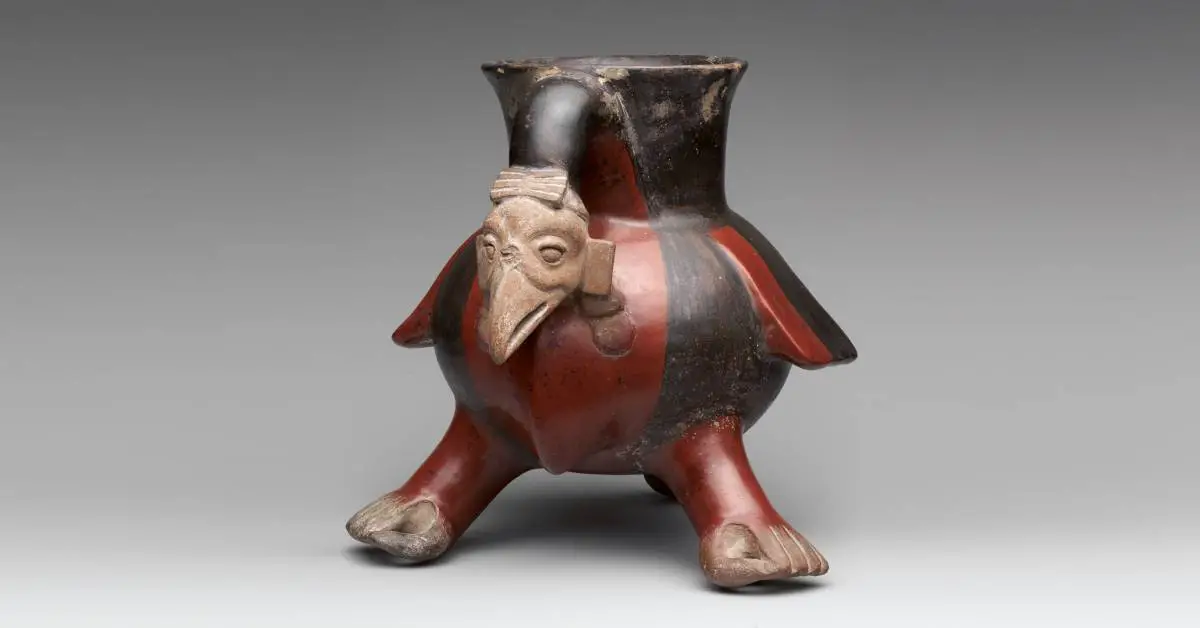
Ceramics
Crafting pottery and ceramics with intricate designs and glazes, the Aztecs truly showcased their artistic skills. Pottery in the ancient Aztec times paved the way for the pottery we have nowadays. According to Wheel and Clay, “Instead, pottery was made with hand-building techniques, most commonly the coil-building technique. Aztec artists did have various types of tools that assisted in creating or decorating the works. These tools, though rudimentary, are similar to the ones we use today.”
They fired their pottery in several different ways, including pit fires and kilns. It’s likely kilns were only used in a production facility since they were so expensive to keep up. Furthermore, incense burners had practical uses for rituals, and vessels were painted with symbols and stories of the Aztec mythos, used during ceremonies (Wheel and Clay).

Chocolate
What do you grab when you’re feeling down, or want a little extra treat after dinner? It’s probably chocolate! Next time you’re chomping down on your favorite treat, think about the Aztecs. They enjoyed their coca as a drink and as a currency to buy goods. They, and the Mayans, used to sit around peeling cacao beans and telling stories to one another.
A conquistador named Hernan Cortes introduced cacao to Europe. Legend has it that with chocolate in the Aztec Empire, “the cocoa tree was taken from a sacred mountain by the feathered-serpent deity Quetzalcoatl. The god gave the cocoa to the Toltec people, and taught their women to make drinking chocolate.” Even though cacao began very differently than what we buy at supermarkets today, it originally came from the Aztecs (Cocoa Runners).
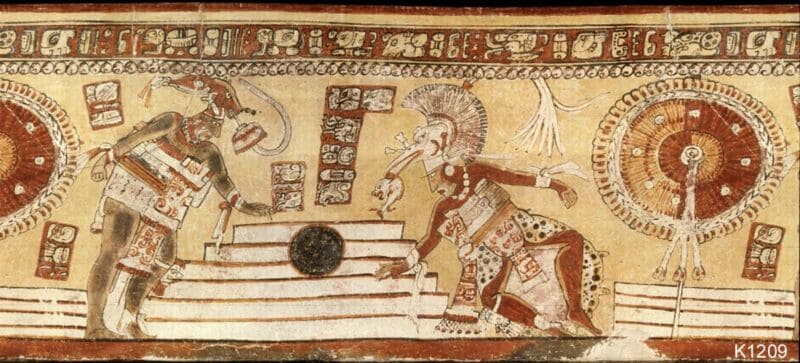
Ball Game
The Aztecs took the ancient Mesoamerican game and revised it to make it into what it is today, the modern-day ball game. It became an essential part of the Aztec empire, not just for fun, but also for religious and political reasons. It was originally played on the tlachtli ball court, and the first thing built when the Aztecs settled into a new area. It was not like the ball games we have nowadays, in fact, it was a difficult game and played with a large rubber ball.
According to Met Museum, “one objective of the Aztec game was to keep the ball in constant motion. In some variations of the game, players tried to move the ball through rings located on the upper side walls of the ballcourt. Players may also have scored points by hitting or interacting with stone ballcourt markers in the central playing aisle or lines painted on the plaster-covered floor.” They had to get the ball through a stone hoop, and the ball was never allowed to touch the ground. The modern-day ulama is still played to this day (Met Museum).
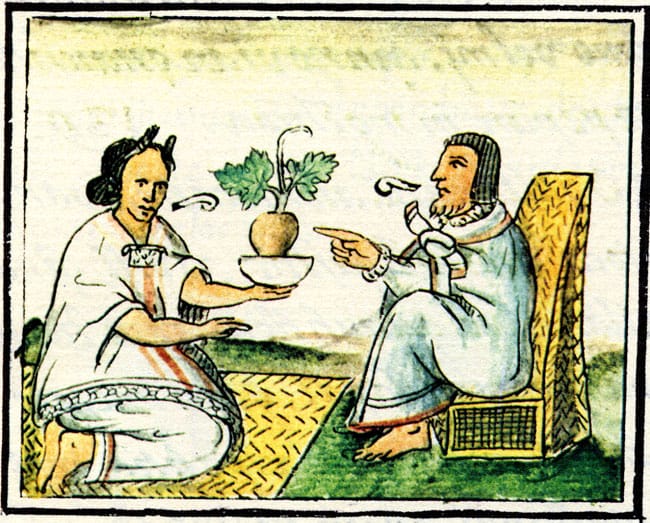
Antispasmodic Medicine
We know the Aztecs created medicine, but do you know they also discovered antispasmodic treatment? They derived this medicine from the passion flower and the Lippia dulcis, which is the Aztec sweet herb. They used this to treat patients before surgery to relax their muscles and prevent muscle spasms.
The Aztecs used many herbal treatments that are still used today. Some even believe they’re very effective treatments for certain ailments. The flower they used still grows in Mexico today. It was also used to treat epilepsy and high blood pressure (Aztec History).

